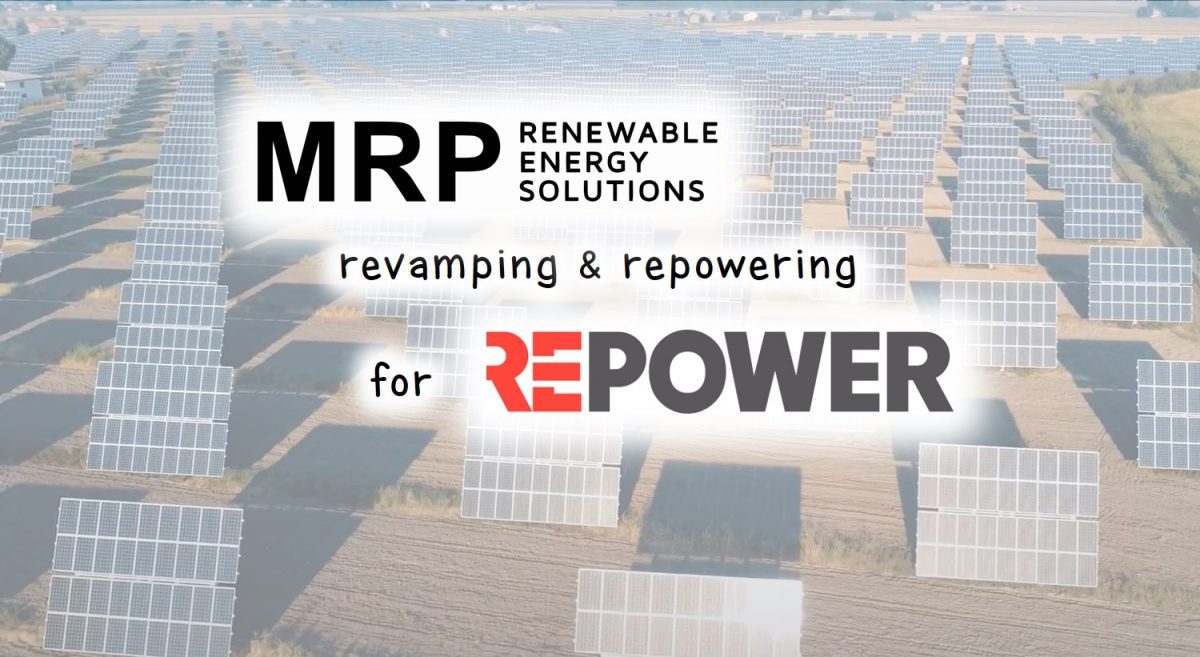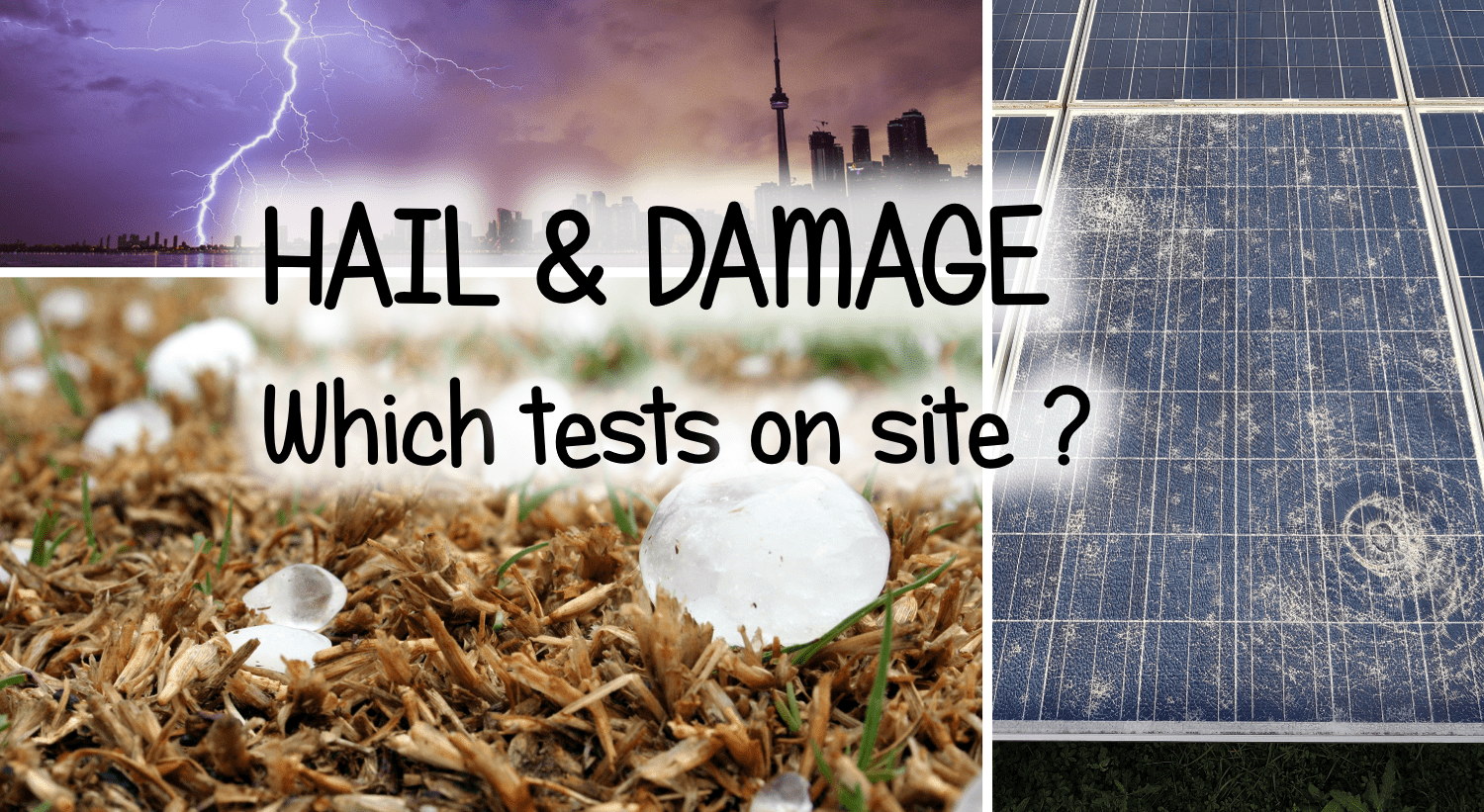Photovoltaic cleaning: choose the specialists (the careful ones)
Sooner or later all the people in the industry come up with the fateful question: “Do I have to clean the modules? Is the photovoltaic cleaning so important?”
Simplifying the answer and leaving aside the most disparate theories on water quality and temperature, technology, type, brush materials etc., the answer is only one: it depends!
Yes, because if the damage over the long term (decrease in performance from cracks) becomes greater than the advantage in the short term (increased cleaning performance), then it is better to avoid cleaning.
In this case history we want to talk to you about our recent check-up in which we analyzed a plant with serious problems caused by wrong maintenance and cleaning of the modules that have been trampled too many times, causing serious (and irreparable) damage to the cells.
Photovoltaic cleaning: opportunity makes the thief
If the system is born (due to wrong design choices) without walkways, and if the modules are horizontal on the roof, then the temptation to walk on it is strong. Add to this an industrial area with a lot of dust that is deposited on the modules, and therefore the need for a very frequent PV cleaning, and we have created the perfect crime scene for the destruction of the plant.
In a similar scenario, a few years are enough to blow up an economic (and raw material) investment.
Of course, there are not many alternatives for the man who has to clean the photovoltaic system. Without the adequate walkways on the roof the damages are inevitable in the long run. But the images we show you, acquired with EL electroluminescence on 100% of the plant, show a real disaster in the cells.
The numerous cracks and the almost inactive cells often indicate the repeated walks in the center of the modules by the cleaners, which we can imagine as the timeless Freddie Mercury doing household chores to the rhythm of music.


Of course it must be said that many of the companies specializing in the photovoltaic cleaning, use sophisticated techniques and machinery, guaranteeing quality work. But this is not always the case, because having the right tools is not enough: attention is essential.
In these cases the advantage of electroluminescence without a shadow of a doubt is the ability to immediately identify the gravity of the situation, beyond what it is possible to detect with the naked eye. Often we can find snailtrails that certainly indicate the presence of cracks, whose gravity, however, can be quantified carefully thanks to the EL technique.


In the second image, the presence of modules with different emissivity will not have escaped the attention of the most alert. The electroluminescence technique makes it possible to check exactly which modules are compromised to a greater or lesser extent, and which ones are still in good condition. In the specific case the two photovoltaic modules had already been subjected to a recent replacement which, however, for obvious reasons, did not restore the performance of the plant.
How much does the plant lose? ➡️ -80%
For this reason, more and more customers choose us to carry out technical check-up and due diligences for future revamping and repowering of photovoltaic systems. With our techniques we are able to provide the customer with an overall layout indicating the recommended intervention for each individual module, combining various analyzes such as:
- visual inspection
- electrical measurements
- IV curves
- insulation tests
- IR thermography
- EL electroluminescence
- UV fluorescence
- DIV dark IV tests
As we have shown in this video test that we present again, walking on the modules during the photovoltaic cleaning or, more generally, subjecting them to mechanical stress, can cause serious irreparable damage. And not “just” microcracks in the cells, as you’ll see in the video.
For inquiries or in-depth information, please contact us via our format or on our LinkedIn and Facebook pages.





